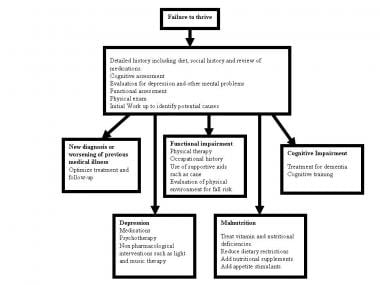
check how well the liver and kidneys are working by testing the urine and blood for anaemia. However, a blood test and urine test may be done to rule out other conditions. Kwashiorkor can often be diagnosed based on a child's physical appearance and questions about their diet and care. Kwashiorkor is rare in developed countries such as the UK, but it can occasionally happen as a result of severe neglect, long-term illness, a lack of knowledge about good nutrition, or a very restricted diet.Īlthough kwashiorkor can affect people of all ages, it's more common in children than adults. It's most common in developing countries with a limited food supply, poor hygiene, and a lack of education about the importance of giving babies and children an adequate diet. The main cause of kwashiorkor is not eating enough protein or other essential vitamins and minerals. Kwashiorkor can be fatal if it's left untreated for too long because children become very vulnerable to infections. dry, brittle hair that falls out easily and may lose its colour. #Failure to thrive meaning in adults skin#
red, inflamed patches of skin that darken and peel or split open. regular infections, or more serious or long-lasting infections. Symptoms of kwashiorkorĪs well as oedema, symptoms of kwashiorkor can include: 
It usually begins in the legs, but can involve the whole body, including the face. The main sign of kwashiorkor is too much fluid in the body's tissues, which causes swelling under the skin (oedema).

It's most common in some developing regions where babies and children do not get enough protein or other essential nutrients in their diet.

Kwashiorkor is a severe form of malnutrition.







 0 kommentar(er)
0 kommentar(er)
